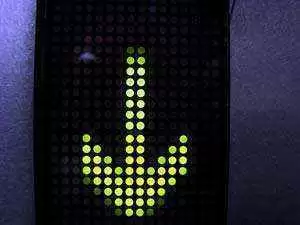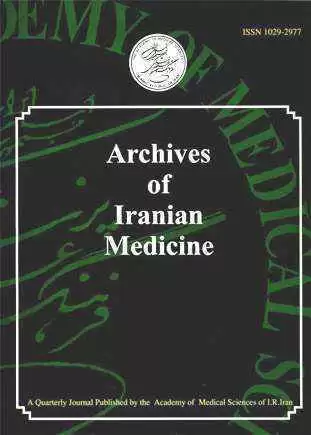Celiac.com 02/06/2014 - One theory that has emerged to account for the rise in celiac disease in recent decades is the "hygiene hypothesis," which proposes that decreased exposure to bacterial antigens may trigger celiac autoimmunity.
 A team of researchers recently set out to determine whether one such bacterial antigen, Helicobacter pylori infection and celiac disease were associated among patients undergoing upper gastrointestinal endoscopy.
A team of researchers recently set out to determine whether one such bacterial antigen, Helicobacter pylori infection and celiac disease were associated among patients undergoing upper gastrointestinal endoscopy.
Celiac.com Sponsor (A12):
The research team included Benjamin Lebwohl, Martin J. Blaser, Jonas F. Ludvigsson, Peter H. R. Green, Andrew Rundle, Amnon Sonnenberg and Robert M. Genta.
Team members are are variously affiliated with the Celiac Disease Center, Department of Medicine, College of Physicians and Surgeons, Columbia University, New York, New York; Department of Epidemiology, Mailman School of Public Health, Columbia University, New York, New York; Department of Medicine, Langone Medical Center, New York University; Clinical Epidemiology Unit, Department of Medicine, Karolinska University Hospital and Karolinska Institutet in Stockholm, Sweden; Department of Pediatrics, Örebro University Hospital, Örebro, Sweden; Department of Medicine, Oregon Health & Science University, Portland, Oregon; Department of Pathology, UT Southwestern Medical Center, University of Texas, Dallas, Texas; and Miraca Life Sciences Research Institute, Irving, Texas.
The team conducted a cross-sectional study of patients who received esophago-gastroduodenoscopy with submission of gastric and duodenal biopsies to commercial US pathology laboratory Miraca Life Sciences, Inc., in Irving, Texas, from January 2008 to June 2012. They compared the rates of H. pylori in celiac patients with rates for people without celiac disease. They conducted multiple logistic regression analysis, and adjusted odds ratios based on patient age, gender, and racial, ethnic, and socioeconomic factors.
Of 136,179 patients, a total of 2,689 (2.0%) had celiac disease. Interestingly, H. pylori rates were significantly lower in patients with celiac disease than in those without celiac disease. In all, just 4.4% of celiac patients had H. pylori, compared with 8.8% of patients without celiac disease (P < 0.0001).
Even after the team adjusted for the above variables, the inverse relationship remained strong (adjusted odds ratio (OR) = 0.48, 95% confidence interval (CI): 0.40, 0.58). The relationships were similar in both men (unadjusted OR = 0.51, 95% CI: 0.38, 0.69) and women (unadjusted OR = 0.46, 95% CI: 0.36, 0.58) and in all age groups.
The results show that that H. pylori presence and celiac disease are inversely associated, even when adjustments are made for important socioeconomic factors. The team suggests that future studies address whether H. pylori modulates immune responses to ingested gluten.
Source:
- Open Original Shared Link






Recommended Comments